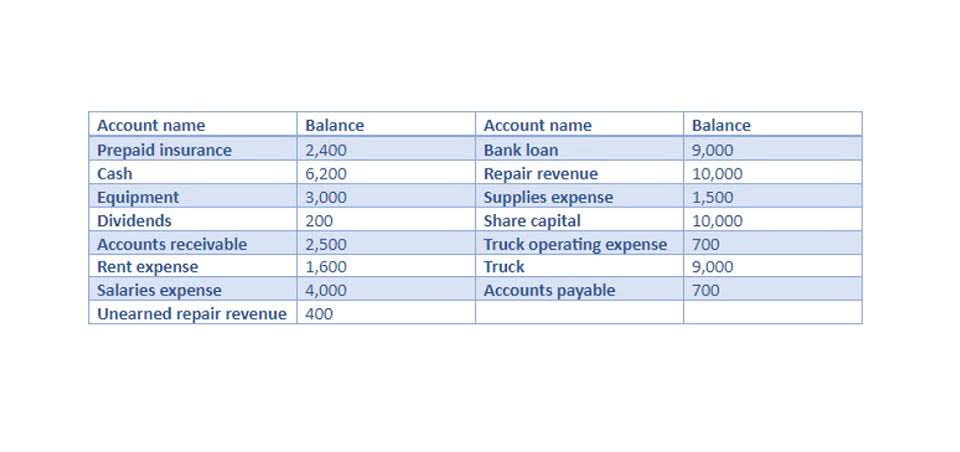
Cumulative preferred stock is one type of preferred stock; a https://www.bookstime.com/ preferred stock typically has a fixed dividend yield based on the par value of the stock. This dividend is paid out at set intervals, usually quarterly, to preferred holders. Bond proceeds are considered to be a liability, while preferred stock proceeds are counted as an asset.
Cumulative and noncumulative preferred stock

This can be lucrative for preferred shareholders if the market value of the common shares increases. Cumulative preferred stock is a type of preferred stock; others include non-cumulative preferred stock, participating preferred stock, and convertible preferred stock. First, determine the preferred stock’s annual dividend payment by multiplying the dividend rate by its par value. Both of these can be found in the company’s preferred stock prospectus, and par value is usually $25 or $50 per share, although there are exceptions.

Common Stock and Preferred Stock
Non cumulative preferred stock is a type of preferred stock that doesn’t accumulate dividends if they’re missed. Investors often seek a balance between risk and reward, making the choice of stock type crucial. Non-cumulative preferred stock offers unique features that can influence an investor’s decision-making process.

Example of Noncumulative Preferred Stock
- The right to receive dividends is limited to the current period, and non-cumulative preferred stockholders don’t have a guarantee of receiving dividends.
- The main benefit is a higher dividend yield than common stock or cumulative preferred shares.
- For example, let’s say a company or corporation issued 200,000 shares of $10 non-cumulative preferred stock in January 2015.
- Convertible preferred stock includes an option that allows shareholders to convert their preferred shares into a set number of common shares, generally any time after a pre-established date.
Noncumulative preferred stock is a distinct class of preferred stocks that stands out for its unique dividend structure. Unlike cumulative preferred stocks, noncumulative preferred shareholders do not receive any dividends accumulated during the years the company missed paying them. Instead, investors receive only the current year’s dividend payment or none at all if the firm fails to distribute dividends that year. To understand this difference, it is essential to examine the definition of noncumulative preferred stock and compare it with cumulative preferred stock and common stock.
By not guaranteeing the payment of past-due dividends, companies can conserve cash flow during financially challenging times and maintain financial stability. However, this may not be a preferred option for all issuers as it could potentially negatively impact their credit standing or investor relations. Noncumulative preferred stock and cumulative preferred stock have distinct differences, one of which is the convertibility feature. Convertible preferred stocks come with a conversion option that allows investors to exchange their preferred shares for a specified noncumulative preferred stock number of common shares.
- In this section, we’ll explore instances of companies issuing noncumulative preferred stocks and analyze their dividend trends to provide context for investors.
- If management doesn’t declare dividends for a particular year, it isn’t reported as “dividends in arrears.” This means it won’t need to be paid.
- Once the shares have been exchanged, the shareholder gives up the benefit of a fixed dividend and cannot convert common shares back to preferred shares.
- The payment is lost once it is skipped, so noncumulative preferred stock is riskier.
- Tools like Bloomberg Terminal or financial analysis software such as FactSet can provide valuable insights into a company’s financial health and dividend history.
This means that noncumulative stockholders will get paid only after the cumulative stockholders have received their share. During periods of financial strain, a company can choose not to pay dividends without creating a future financial obligation. This lower price point can make them more accessible to investors who are looking to get into the market, but still want to benefit from the cash flow advantages of preferred stock. If the issuing company chooses not to pay a dividend for a specific period, the right to receive that dividend expires, and investors will not receive the missed dividend in the future.
- In regards to non-cumulative dividends, “dividend in arrears” does not apply.
- Adjustable-rate shares specify certain factors that influence the dividend yield, and participating shares can pay additional dividends that are reckoned in terms of common stock dividends or the company’s profits.
- One primary method used to estimate the worth of noncumulative preferred stocks is the Dividend Discount Model (DDM).
- Non-cumulative preferred stock does not accumulate unpaid dividends; if dividends are not paid in a period, they are lost.
- For example, Ford experienced delays in production (and rising costs, falling cash flow) due to semiconductor shortages during the global supply chain disruptions in 2021–2022.
- Additionally, the flexibility in paying dividends may provide a more stable income stream for some investors.

This content is for general information purposes only, and should not be used as a substitute for consultation with professional advisors. The power of suspension of dividends without any penalty gives the company control over its finances. Even if the dividend is not paid for any reason, such as crisis or downfall, it will accumulate for a future date whenever declared.